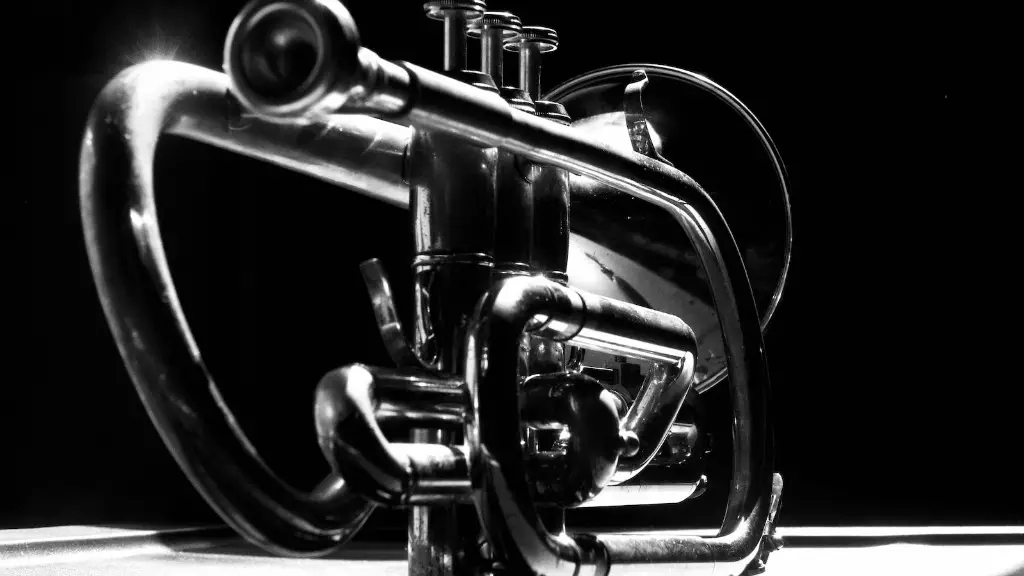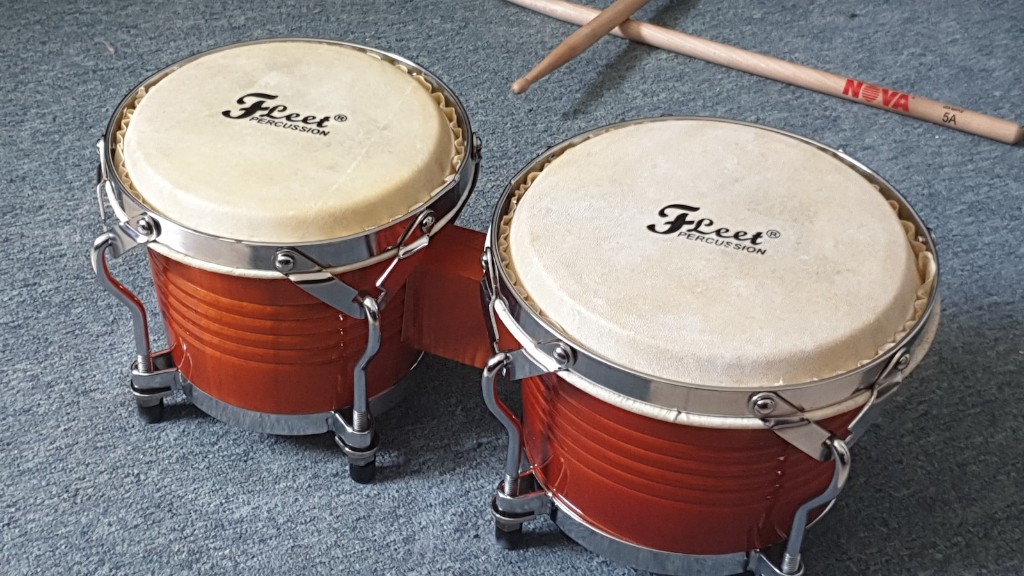Testing an electric guitar is a great way to make sure it’s in good condition and ready to use.
To begin, make sure the guitar is plugged into an amp and the amp is on. Check the volume and tone controls on the guitar to make sure they work properly. Test all of the pickups and listen for any buzzing, crackling, or humming sounds. Adjust the pickup height if necessary.
Next, check each string to make sure it’s tuned properly and listen for any buzzing or rattling sounds that could indicate a problem with the neck or bridge of the guitar. Strum each string individually to check for any odd noises or dead notes.
Finally, test all of the knobs, switches, jacks, and cables to make sure they are working properly. Make sure that everything is tightened so that no wires come loose during playing.
An electric guitar should be tested regularly to ensure it’s in good working order before use.
Testing an Electric Guitar
Playing your electric guitar is a great way to express yourself. But before you can truly rock out, you need to make sure your instrument is in proper working condition. Testing an electric guitar is a simple process that can help you identify any potential problems before they manifest as faulty sound or poor performance.
Start by plugging the guitar into an amp and turning it on. You should hear a low hum coming from the amp, indicating that the signal is being sent properly. If there’s no sound coming from the amp, check your connections to make sure everything is plugged in correctly. Once the signal is established, adjust the tone and volume knobs on both the guitar and amplifier until you achieve the desired sound.
Next, test each of the pickups separately to ensure they are both working properly. Start with one pickup and play across all five strings at various parts of the fretboard. You should hear a consistent sound regardless of where you play on each string. Repeat this process with your second pickup then check both pickups together to make sure they are balanced properly.
Testing your electric guitar regularly will help keep it in top shape for years of rocking out!
Check the Neck of Your Electric Guitar
Testing the neck of your electric guitar is an important part of owning and playing one. Over time, you may notice that the neck has become bent or warped due to changes in temperature or humidity, or from being stored improperly. To check if your guitar’s neck has any issues, you will need to perform a few simple tests.
First, check if the strings are evenly spaced across the fretboard. If some strings feel higher or lower than others when fretting at the 12th fret, then there could be an issue with the neck. You can also use a straight edge like a ruler to see if the frets are level; any irregularities may indicate warping in the neck. Finally, look at the angle of the neck relative to the body of your guitar. If it looks like it is leaning in either direction, this could be a sign that you need to adjust or replace your truss rod.
Overall, testing your electric guitar’s neck should be done regularly to make sure it is functioning properly and not causing any issues with playability. If you suspect that there might be something wrong with the neck, take your guitar to a qualified technician for further inspection and repairs as needed.
Check for Buzzing, Dead Spots and Unusual Sounds
Testing an electric guitar for buzzing, dead spots, and unusual sounds is an important step in the maintenance process. Start by playing the guitar at a moderate volume and listen for any buzzing or rattling noises. If you hear any, it could be a sign of bad wiring or other problems that need to be fixed. Next, check each fret of the guitar’s neck by pressing down on each string to make sure there are no dead spots where the string doesn’t vibrate. If there are any, it could indicate that the neck needs to be adjusted. Finally, play different chords and listen for any strange sounds coming from the amp or pickups. If you hear anything out of the ordinary, it could signal that something is loose or needs to be replaced.
In addition to these tests, it’s important to tune your guitar regularly in order to keep it in good condition and ensure it plays correctly. Taking care of your electric guitar will help you get the most out of it for years to come.
Check the Weight and Balance of an Electric Guitar
An electric guitar’s weight and balance are important factors to consider when buying or testing one. A heavy guitar can be difficult to play for extended periods of time, while a lightweight instrument may lack the same resonance and sustain. To test the weight and balance of an electric guitar, hold it in a playing position with your fretting hand on the neck and your other hand on the body. The guitar should feel balanced and comfortable with minimal effort. If one side feels heavier than the other, it’s likely that the instrument isn’t properly balanced.
Additionally, you should check if there is any neck dive – when the headstock drops downwards due to being too top-heavy. This can be tested by holding the guitar in a playing position while resting your fretting hand on your thigh. If the headstock falls towards you, then there is neck dive present. Neck dive can cause fatigue when playing for long periods of time, so it’s important to check for it if you’re shopping for an electric guitar.
Experiment With Different Pick-Ups
Testing an electric guitar is an important step in its maintenance and setup. Different kinds of pickups can be used to create different types of sound. Therefore, experimenting with different pick-ups is a great way to personalize the sound of your guitar. In order to test each pick-up, you will need a few basic tools including a screwdriver, soldering iron and wire cutters.
Before you get started, it’s important to make sure that your guitar is unplugged from any amps or other electrical gear. You should also make sure that the volume and tone knobs are turned all the way down. After that’s done, carefully remove the pickguard or control plate so that you can access the pickups.
Now you can start experimenting! Start by swapping out one pickup for another and hear how the sound changes. This will give you an idea of what type of sound each pickup produces. It’s also a good idea to adjust the height of each pickup as this can affect their performance as well. Once you’re happy with your results, don’t forget to solder any connections before reassembling everything.
Testing Your Electric Guitar’s Action and Intonation
An electric guitar’s action and intonation are two important components that affect the instrument’s sound quality. The action is the height of the strings above the fretboard, and intonation is the accuracy of a note when played at higher or lower positions on the fretboard. Testing these components is easy with a few simple steps.
First, check the action by using a ruler to measure the gap between each string and its corresponding fret. If any of them are too high or too low, adjust it with either the bridge or truss rod located at the headstock. If any notes sound out of tune while playing, you will need to adjust the intonation. To do this, tune your guitar to standard tuning and then use an electronic tuner to check each note. If any notes are flat or sharp, use an adjustable bridge saddle or truss rod to make adjustments.
Finally, test your adjustments by playing each note on your fretboard while comparing it to an electronic tuner until they match up perfectly. It may take some practice but once you learn how to properly adjust both your action and intonation you’ll be able to get a great sound every time you play!
Final Words
To test an electric guitar, it’s important to have a basic understanding of its components and their functions. First, check the weight and balance of the guitar, then check the strings for tension and intonation. Next, assess the pickups and connections for proper operation. Finally, make sure to test the guitar’s sound using an amplifier or recording device. By following these steps, you can ensure that your electric guitar is in great condition.
Testing an electric guitar requires knowledge of its components and basic maintenance skills. However, with a little effort and patience, anyone can effectively evaluate their instrument’s performance. With a comprehensive assessment of the guitar’s structure and sound quality, you can guarantee that your electric guitar will be ready to rock!





